Harissa Spice: From Desert Fire to Your Kitchen – A Spicy Journey Through Time, Taste & Tips!
Table of Contents
- What Exactly Is Harissa Spice?
- A Sizzling History: Where Did Harissa Come From?
- Flavor Profile: What Does Harissa Taste Like?
- How to Use Harissa in Everyday Cooking
- DIY Harissa: Make It at Home Like a Pro
- Store-Bought vs Homemade: Which Should You Choose?
- Food Pairings: What Goes Well with Harissa?
- Health Benefits: More Than Just Heat
- Spicy Fun Facts About Harissa
- Conclusion: Why Every Kitchen Needs Harissa
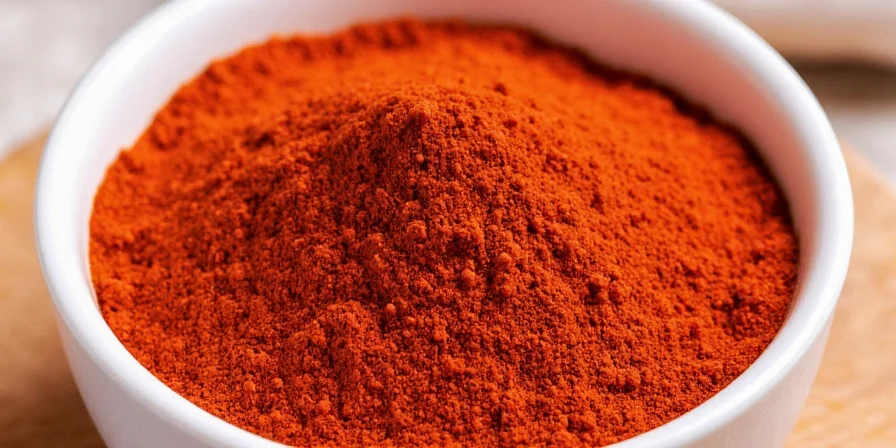
What Exactly Is Harissa Spice?
Harissa isn’t just a spice—it’s an experience. This North African chili paste is made from roasted red peppers, spices like cumin and coriander, garlic, and olive oil. Originally from Tunisia, it has become a global sensation, used in everything from stews to burgers.
But wait—harissa spice powder vs harissa paste? There's a difference! While the paste is more common, especially in traditional dishes, the powdered form gives chefs flexibility for seasoning meats, rubs, or even snacks.

A Sizzling History: Where Did Harissa Come From?
Picture this: It’s the 1500s, and the Ottoman Empire has introduced chili peppers to North Africa. The locals, ever inventive, combined them with local spices and olive oil to create what we now know as harissa.
Tunisians adopted it quickly into daily meals, slathering it on bread, stirring it into couscous, or blending it into tagines. Today, harissa is not only a national treasure but also a symbol of hospitality and flavor-forward cuisine.
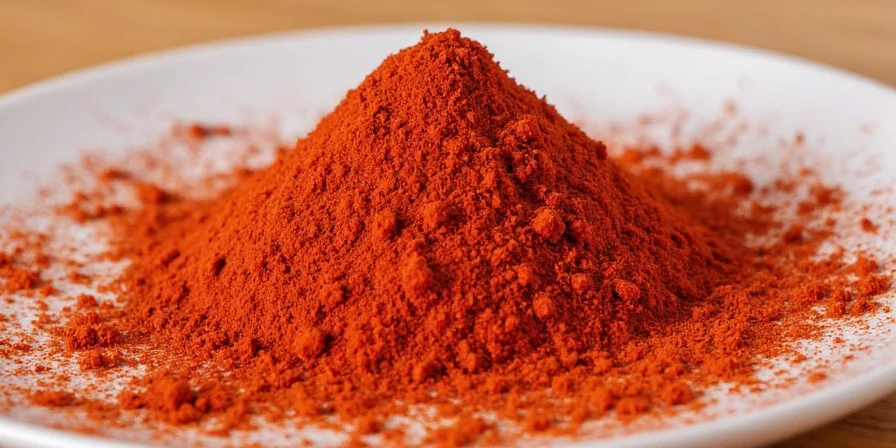
Flavor Profile: What Does Harissa Taste Like?
Think smoky, spicy, garlicky, and earthy all in one bite. Harissa brings complexity to dishes, balancing heat with warmth. Its flavor can vary depending on the region or brand, so here's a quick comparison:
| Brand / Origin | Heat Level (Scoville) | Flavor Notes |
|---|---|---|
| Tunisian Homemade | ~3,000–5,000 | Smoky, earthy, slightly sweet pepper base |
| American Grocery Brand | ~2,000–3,000 | Milder, vinegary tang |
| North African Market Paste | ~5,000–7,000 | Richer, oil-based, deep umami |
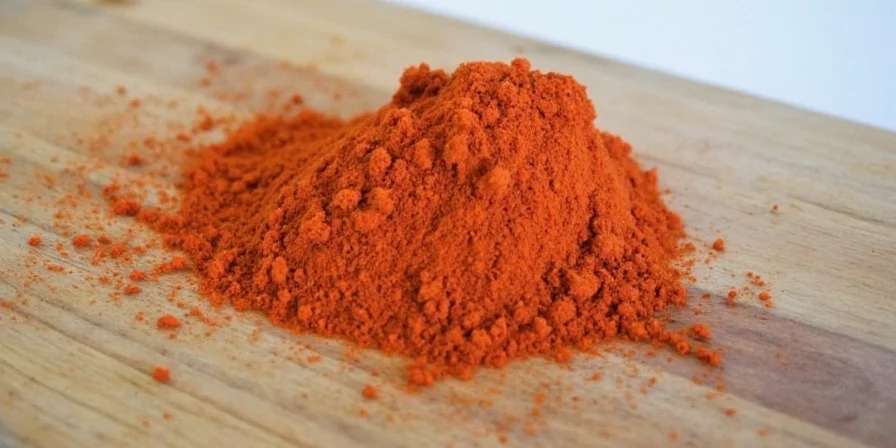
How to Use Harissa in Everyday Cooking
Harissa is your secret weapon in the kitchen. Here are some creative ways to use it:
- Marinade Magic: Mix with olive oil and lemon juice to marinate chicken, lamb, or tofu before grilling.
- Pasta Power: Stir a teaspoon into creamy pasta sauces for a kick of flavor.
- Grilled Veg Upgrade: Toss vegetables in a harissa-spiced oil blend before roasting.
- Egg Enhancer: Add a dollop to scrambled eggs or shakshuka sauce for depth and heat.
- Dip Dynamics: Whisk into Greek yogurt or mayo for a fiery dip or sandwich spread.
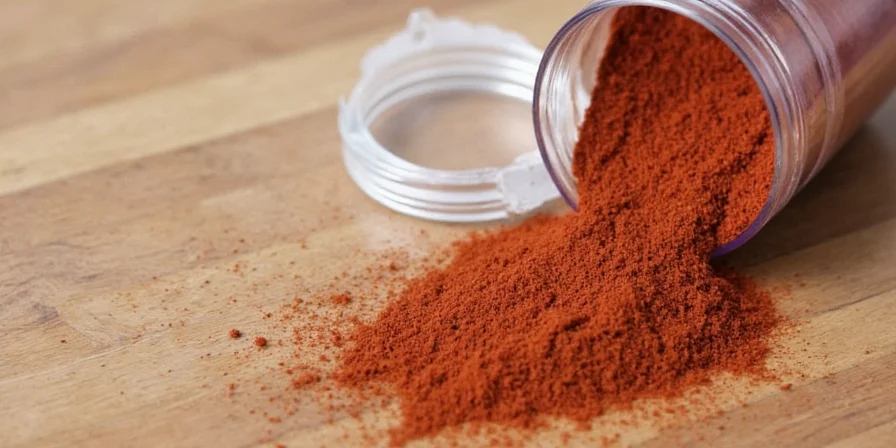
DIY Harissa: Make It at Home Like a Pro
If you’ve got time and a blender, making your own harissa is easier than you think—and way more rewarding. Here's a simple recipe:
Homemade Harissa Paste Recipe
- 5–6 dried red chilies (ancho or guajillo for mild heat)
- 3 cloves garlic
- 1 tsp ground coriander
- 1 tsp ground cumin
- 1/2 tsp smoked paprika
- 1 tbsp tomato paste
- 3 tbsp olive oil
- 1 tbsp lemon juice or vinegar
- Salt to taste
- Soak dried chilies in hot water for 20 minutes until soft.
- Drain and blend with garlic and spices until smooth.
- Add tomato paste, olive oil, and lemon juice; blend again.
- Season with salt and adjust flavors to taste.
- Store in a jar in the fridge for up to two weeks or freeze for longer.
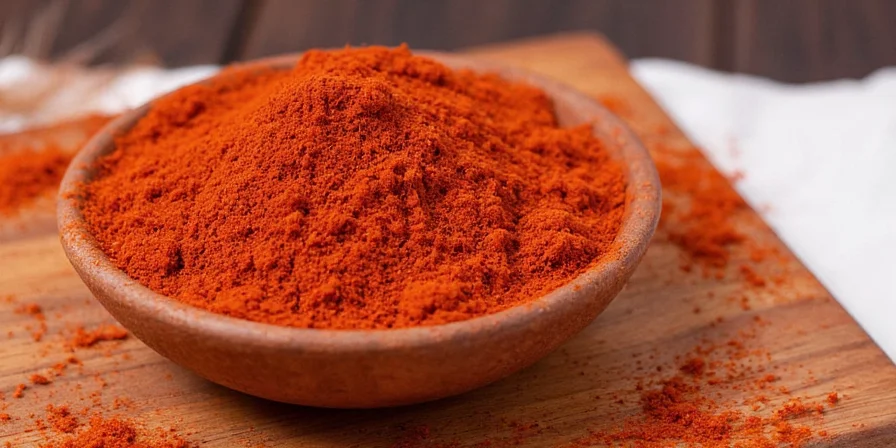
Store-Bought vs Homemade: Which Should You Choose?
While homemade harissa gives you control over ingredients and heat, store-bought is super convenient. Let’s break it down:
| Aspect | Homemade | Store-Bought |
|---|---|---|
| Control Over Ingredients | ✅ Full control | ❌ Limited |
| Shelf Life | 📅 Up to 2 weeks refrigerated | 📅 Months unopened |
| Convenience | ⏱️ Takes prep time | ⏱️ Instant gratification |
| Flavor Complexity | 🌶️ Deep, layered | 🌶️ Varies by brand |
| Cost | 💰 Cheaper long-term | 💰 More expensive per ounce |
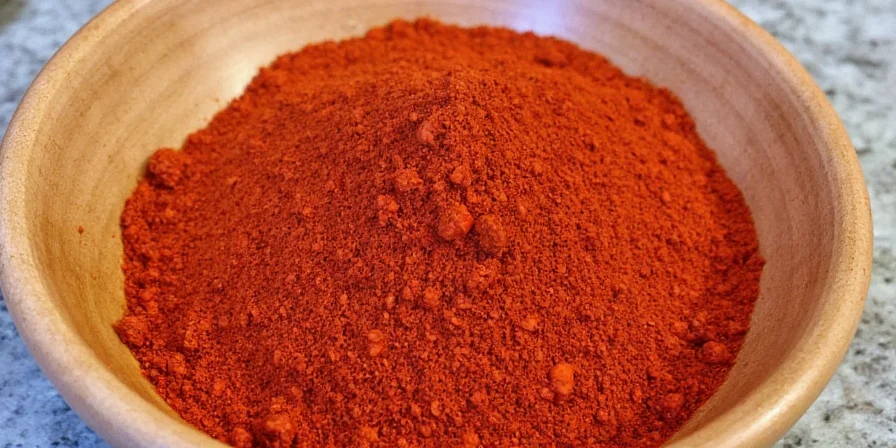
Food Pairings: What Goes Well with Harissa?
Harissa loves company. Here are some winning pairings that’ll make your taste buds dance:
- Lamb Kebabs: The richness of lamb pairs beautifully with harissa’s fiery kick.
- Couscous: Stir a spoonful into steamed couscous for instant flavor upgrade.
- Seafood: Try it in a shrimp tagine or drizzle over grilled fish.
- Chickpeas: Swirl into hummus or add to a chickpea stew for extra punch.
- Popcorn: Mix with melted butter and sprinkle on air-popped popcorn for a spicy snack!
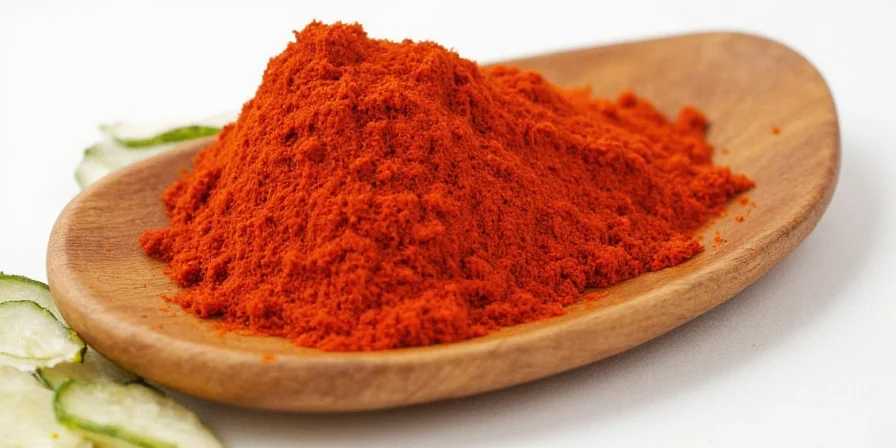
Health Benefits: More Than Just Heat
Besides turning up the temperature on your plate, harissa comes packed with benefits thanks to its key ingredient: chili peppers.
Why Harissa is Good for You:
- Boosts Metabolism: Capsaicin, the compound responsible for spiciness, may help increase metabolism and fat burning.
- Rich in Antioxidants: Red peppers contain vitamins A and C, which fight oxidative stress.
- Anti-inflammatory Properties: Cumin and coriander offer anti-inflammatory benefits.
- Heart Health: Garlic and olive oil support cardiovascular wellness when consumed in moderation.
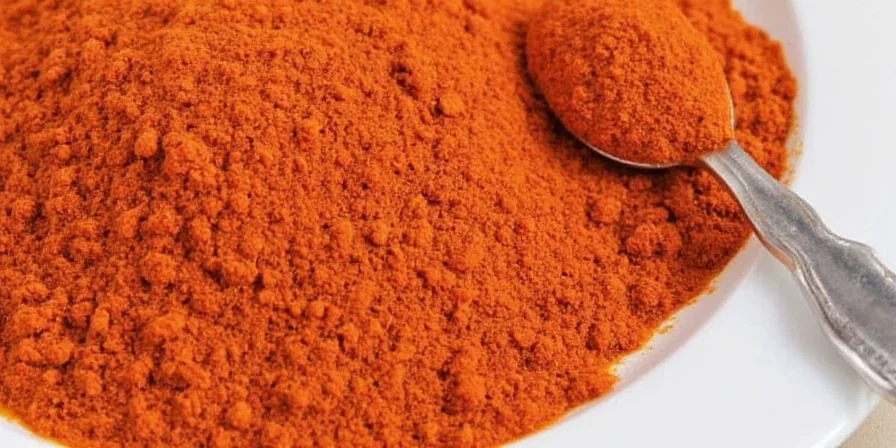
Spicy Fun Facts About Harissa
Want to impress your friends at dinner parties or spice up your trivia night? Check out these fun facts:
- 🌿 In Tunisia, each household often has their own “signature” version of harissa.
- 📦 Harissa became widely available globally thanks to North African migrants bringing it abroad.
- 🔥 Some gourmet harissas include rose petals, saffron, or even orange zest for floral notes.
- 🌍 It's sometimes called the “Tabasco of North Africa.”
- 📖 Harissa was granted Protected Geographical Indication (PGI) status in the EU in 2020!
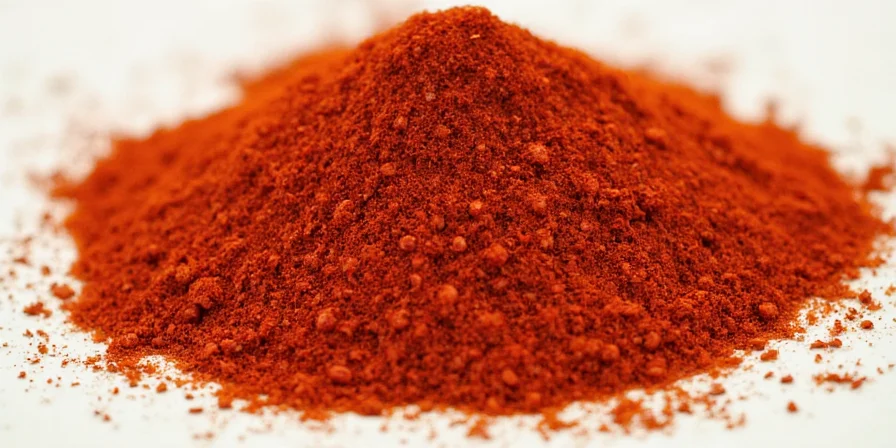
Conclusion: Why Every Kitchen Needs Harissa
Harissa spice isn't just about heat—it’s about soul, tradition, and a passport to bold new flavors. Whether you’re reaching for a store-bought tube or whipping up a batch from scratch, harissa brings versatility, history, and flair to every meal.
So go ahead, open that jar, stir it into your next dish, and let the fire do the talking. Your taste buds—and your guests—will thank you.
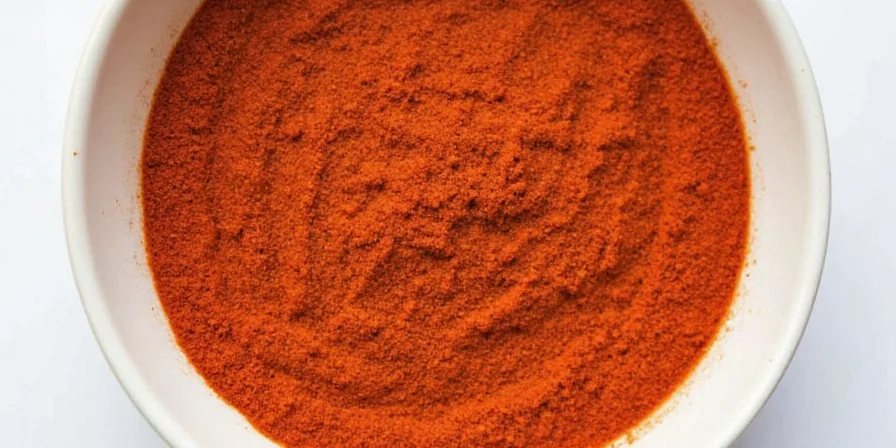

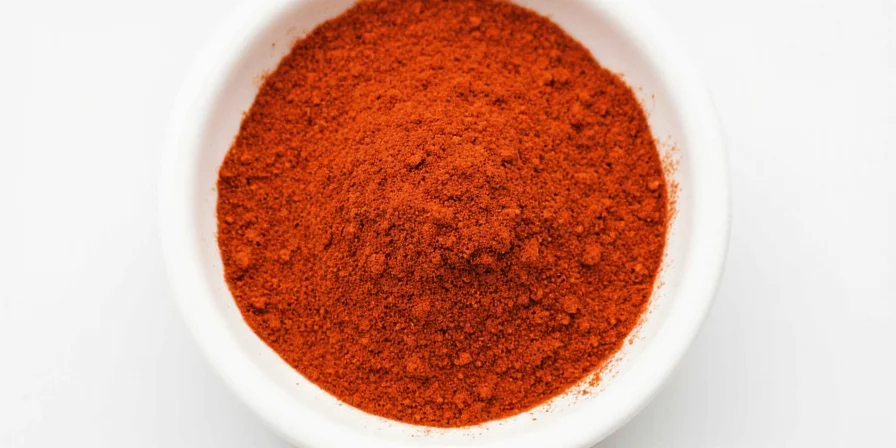









 浙公网安备
33010002000092号
浙公网安备
33010002000092号 浙B2-20120091-4
浙B2-20120091-4